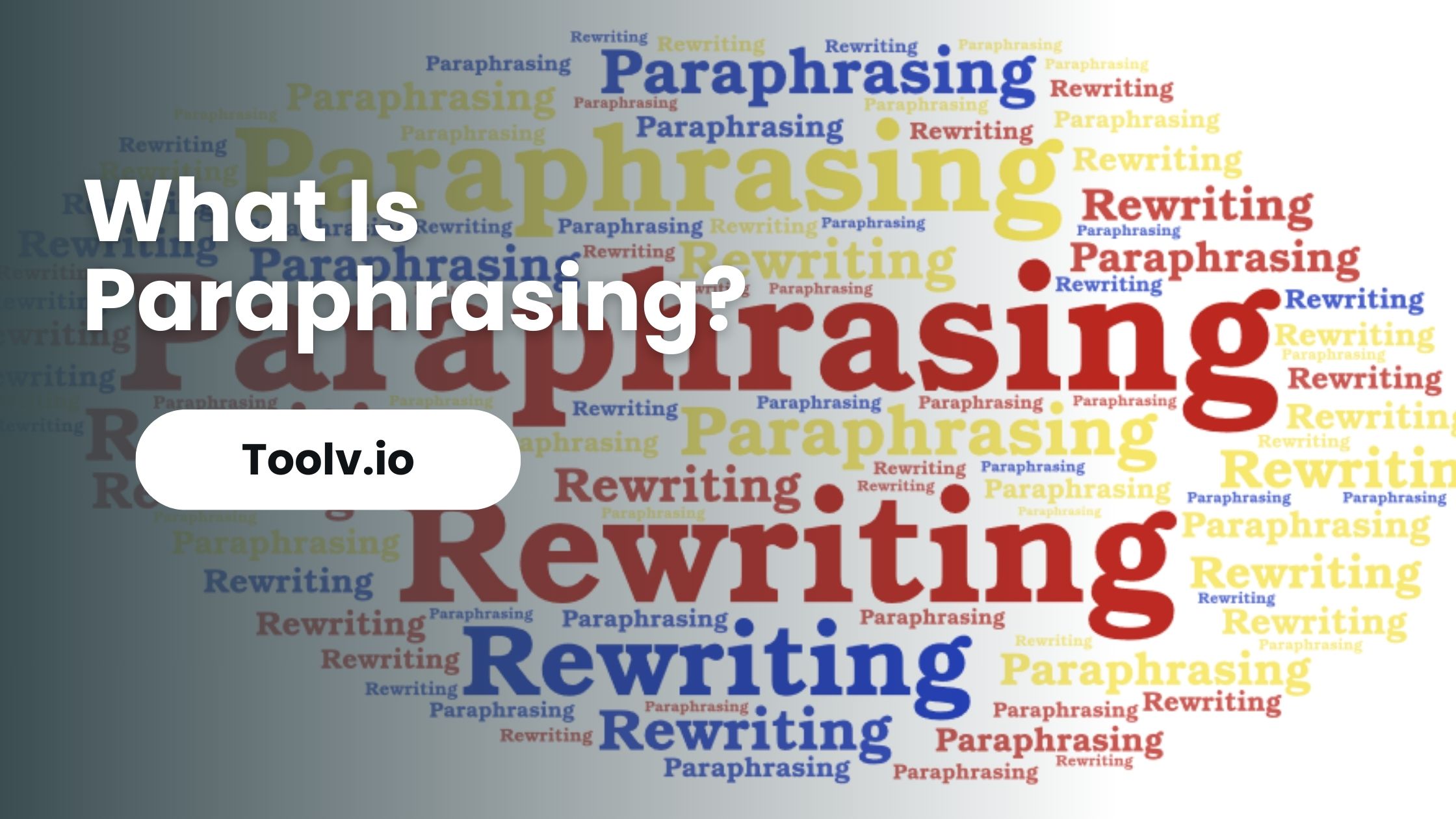How To Summarize A Book?

Summarizing a book is a useful skill for anyone looking to grasp the main ideas and key points of a lengthy read. It can help save time and provide a quick understanding of the book’s content.
In this article, we will discuss techniques and tips on how to summarize a book effectively, making the process straightforward and accessible for readers of all levels.
Why Sumarize A Book?
Summarizing a book helps people quickly understand its main ideas. It’s like a shortcut for those who don’t have time to read the whole book. You get the core points without spending hours.
A summary can also guide readers to decide if a book is right for them. By reading a short version first, you know if the full book is worth your time. It’s a smart way to choose what to read next.
Summaries help in learning too. They make complex topics simpler. When you read a summary, you can grasp tough concepts more easily. It’s a helpful tool for students and curious minds.
How To Summarize A Book?
Here are some helpful steps for summarizing a book effectively:
1. Read the entire book first: It’s important to have an overall understanding of the material before attempting to summarize it. Notice key ideas as they develop through the book.
2. Identify the main arguments or themes: What key conclusions or concepts does the author want the reader to understand? Often these are communicated in the introduction or opening chapters.
3. Take notes as you read, marking essential passages: Look for topic sentences, supporting points, facts/statistics, concluding ideas, and other key details that support the main ideas.
4. Analyze your notes to distill the most critical information: Analyze minor points, examples, additional explanations etc. Identify the 20% of content that conveys 80% of the meaning.
5. Organize the summary logically: Group related ideas, arrange points chronologically or around themes, and structure the flow to communicate the main concepts clearly. Use transition words to connect ideas.
6. Synthesize the key points into clear, concise paragraph: Convey only the core information from your notes using proper grammar and your own words. The summary should be significantly shorter than the original text.
7. Record citations for the book properly: Include author, title, publisher details and copyright date. Cite any direct short quotes used per academic standards.
8. Proofread the summary thoroughly once completed: Check for accuracy, omissions, clarity, concision, logical flow, smooth transitions, and correct language use. Revise as needed.
Remember that an effective summary is both clear and concise. Practice summarization to sharpen analytical and communication abilities around the most impactful information in a text.
What Are The 5 Steps To Summarizing?
Step 1. Comprehend Read or review the full text, making sure you understand the content, main ideas, supporting details, structure and sequence. Identify the purpose and target audience as well.
Step 2. Identify Determine the central concepts, major supporting points, relevant facts and statistics, topic sentences, conclusion, and other key details that support the main points.
Step 3. Eliminate Omit minor points, redundant ideas, examples that aren’t vital, extra explanations, and other non-essential information. Focus on the 20% of content that conveys 80% of the meaning.
Step 4. Outline Organize the relevant details you identified in a logical structure. Group related ideas, structure chronologically or around themes, and sequence points so the flow makes sense.
Step 5. Construct Synthesize the key details into complete, concise sentences that communicate only the critical information in your own words. Convey the essence clearly and cohesively in a new shortened piece of writing.
How Do You Summarize A Book After Reading It?
When you summarize a book, you tell the main points in your own words. First, think about the main story or ideas. What is the book mostly about? This will be your focus.
Then, pick out the key parts. What are the big events or arguments? Write these down briefly. Try to link them together in a way that makes sense.
Lastly, share your thoughts. Did you like the book? Why or why not? This gives your summary a personal touch. Keep it short and to the point. That’s how you can sum up a book.
FAQs
What are the key components to include in a book summary?
Focus on the main theme, the primary plot, and the central characters. Highlight pivotal events and the book’s conclusion.
How do you start a book summary?
Begin with the book title, the author’s name, and a sentence capturing the book’s overall theme or main message.
How long should a book summary be?
A summary should be brief but comprehensive, typically not exceeding 10% of the original book’s length.
Can I include direct quotes in a book summary?
Yes, use direct quotes sparingly to emphasize key points or pivotal statements made by characters or the author.
Conclusion
Wrapping up a book involves reflecting on the key points and giving a lasting impression. It’s about reminding readers of the journey and leaving them with something to think about.
Tool like Toolv.io can help in this. It rephrases your thoughts in a simple way, making sure the essence of the book is captured without complex words, perfect for keeping your conclusion easy to understand.





